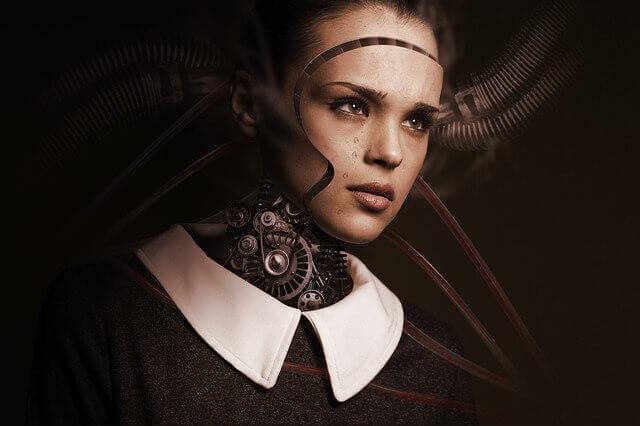“When computers take over, we may not get it back. What do you think when you read this phrase from Marvin Minsky, the father of artificial intelligence?Feeling a little uncomfortable? This feeling is legitimate and, according to the valley theory of strangeness, may be psychologically justified.
The contemporary world is developing at a huge rate. Any smartphone we have in our pocket today is more powerful than the computers that brought man to the moon, of course, all of this brings significant advancement, but it also generates great fears, in fact, the speed at which technology advances is very high.
- New technologies allow us to do things we couldn’t even dream of a few years ago.
- In fact.
- There are already artificially animated robots and beings that look really human.
- If these kinds of beings cause you some fear.
- It is not strange; it’s a feeling explained by the valley theory of strangeness.
According to Professor Masahiro Mori, who proposed this theory in 1970, the more a robot looks like us, but the difference is still possible, the more angry our reaction will be, until we reach the point of total rejection. To differentiate between a human being and a human being, our response will be more positive. So, there is a kind of “empty” or “space” in which we react to these beings with a strong rejection.
This theory was proposed by Mori in 1970, when studying human reactions to robotics. The figure of artificial intelligence and robots extremely close to men and women, but clearly distinguishable, provokes a strong rejection, as happened in 1988 with a pixar short film. “Tin Toy”. The baby in the film looked a lot like a real baby, but not enough to provoke a positive reaction.
“Will the robots inherit the earth? Yes, but will they be our children? – Marvin Minsky-
To date, no one has been able to explain exactly why this release occurs, however, several researchers have proposed theories that could consider the answer.
The most accepted was the one proposed by Thalia Wheatley, a psychologist at Dartmouth College, according to this professional, our brain has a stimuli evaluation system whose programming prevents us from choosing a partner with health problems, that is, whether we look at someone or?Something? Any indication that it is not suitable for reproduction, our brain would interpret it as a danger to the conservation of the species.
According to Wheatley’s research, the evolutionary process of the human being has been refined in such a way that we can detect even very small distortions that, once perceived, generate some discomfort around this being that can have physical or mental problems. the existence of the valley of strangeness as a natural response to perpetuate the species.
According to this theory, our brain could associate the appearance of an almost human android, but not yet perfectly human, with a seriously ill or even dead person, so there would be a negative reaction.
However, while this is a potentially logical theory, it has its opponents. Many robotics experts, like Ayse Saygin, a cognitive scientist at the University of California, insist that Android technology is not yet developed enough.
In other words, this theory would not have a sufficient scientific basis to affirm the existence of the so-called valley of strangeness, so this feeling could be a simple cognitive dissonance. That is, by observing human characteristics, such as facial expressions and certain behaviors, certain expectations are created in the brain that by not being satisfied generate dissonance, in any case this theory, real or not, is the possibility that the functioning of human empathy can be further understood.
Do the laws of thought depend not only on the properties of brain cells, but also on how they are connected?. – Marvin Minsky-
So, what’s your opinion, do you feel this discomfort when you see a machine that looks too much like a human being?If this happens, you may be testing the valley theory of the strange. In any case, it’s disturbing to think about it, isn’t it?

